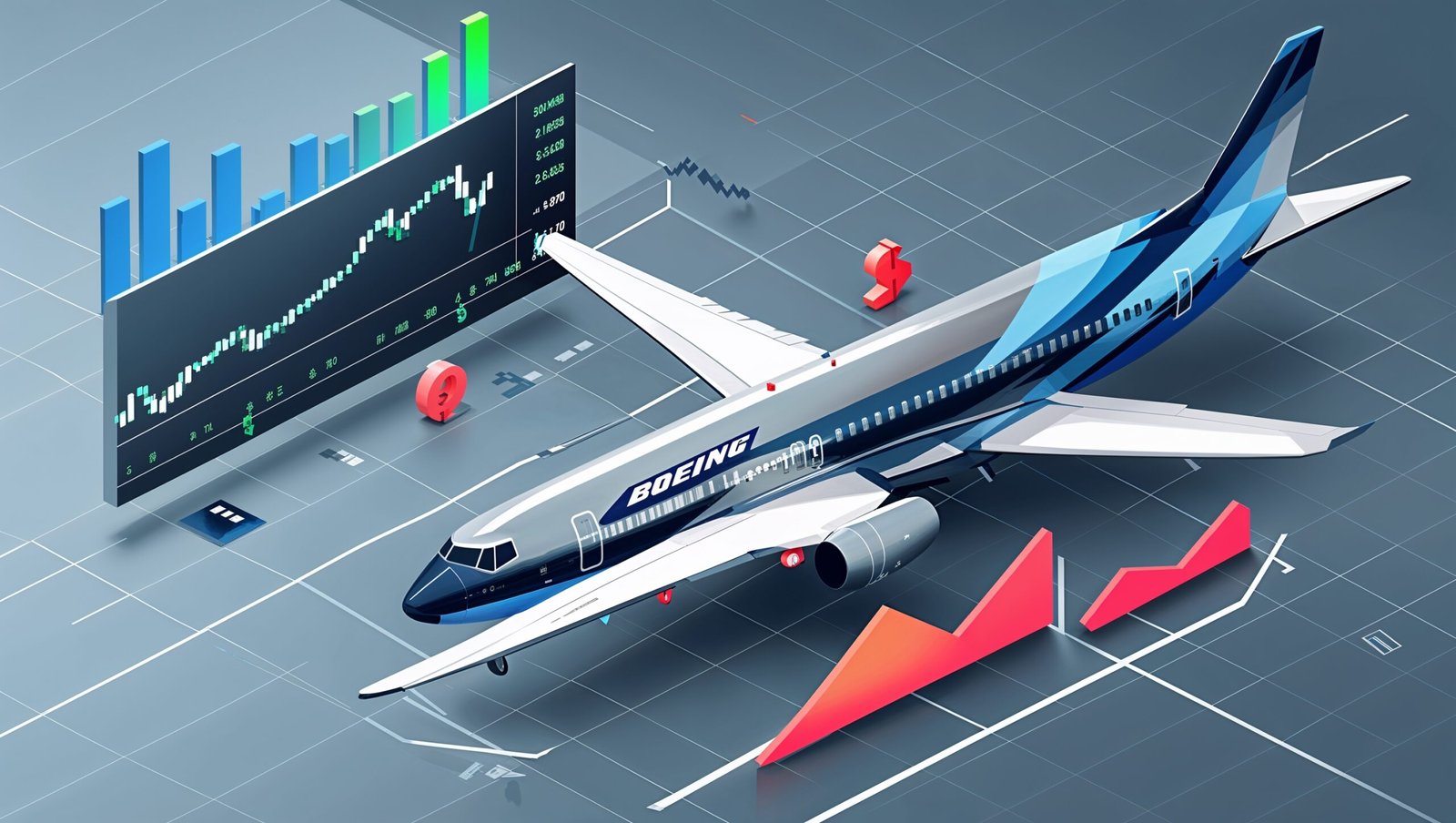Waymo’s Journey: The Future of Autonomous Vehicles
In the flourishing realm of autonomous transportation, Waymo is a luminary that stands at the forefront of innovation. Originally emerging as a project under Google’s vast umbrella, it has since evolved into a trailblazer in the world of self-driving technology. As urban landscapes and rural terrains alike continue to embrace this cutting-edge evolution, the narrative of Waymo’s ambitious journey captures both the imagination and the realities of modern-day mobility.
Operating under the aegis of Alphabet Inc., Waymo has pushed the boundaries of what was once considered the realm of science fiction. The name “Waymo” itself, a convergence of “way forward in mobility,” encapsulates their mission succinctly. By harnessing the power of intricate algorithms and cutting-edge sensors, they have developed a nuanced system that sees, interprets, and navigates the complex ballet of road traffic with unparalleled precision and safety.
The Technological Backbone
At the heart of Waymo’s prowess lies its sophisticated sensor suite. This arsenal includes LiDAR, radar, and camera systems which collectively offer a comprehensive canvas of the vehicle’s surroundings. The symbiotic relationship between these sensors allows for heightened accuracy, ensuring that Waymo’s fleet can detect and interpret its environment with a human-like perceptiveness.
The synergy of machine learning and artificial intelligence is further embodied in Waymo’s autonomous driving software. Through countless miles driven in varied geographical settings — from sprawling urban labyrinths to serene countryside roads — the AI learns and adapts. This continuous evolution is akin to a fine-tuned jazz ensemble, each part harmonizing to create a dynamic, responsive unit.
Cultural and Economic Considerations
As Waymo steers forward, it doesn’t just navigate roads but weaves into the socio-economic fabric of communities. By offering a fleet of autonomous ride-hailing services, primarily in Phoenix and San Francisco, it infuses a fresh cadence into urban transport systems. Users witness the ‘zweihander’ dance of technology and utility, experiencing convenience that once seemed a mere envisionment.
Beyond personal convenience, Waymo’s journey reflects a larger cultural narrative. In corridors echoing with tradition and modernity, it embodies a shift towards sustainable and efficient mobility. This transformation is not merely technological but also economic as it heralds new job opportunities and industries, modifying landscapes in ways both profound and minute.
Challenges and Opportunities
The path forward, however, is not devoid of challenges. The complex tapestry that is regulatory compliance across various states poses hurdles that require a deft touch, akin to negotiating the intricate swamps of the Mississippi. Each state, much like its unique geographical features, presents distinct legislative landscapes.
Yet, with every challenge emerges an opportunity. The journey towards widespread adoption offers Waymo a stage to showcase its resilience and adaptability. The ability to influence legislation in favor of technological innovation while maintaining safety and ethical considerations is a particular piece of lagniappe, a bonus in this technological saga.
The Road Ahead
Looking ahead, Waymo continues to refine its systems, optimizing the interplay between autonomous capabilities and passenger comfort. This relentless pursuit is reflective of a larger narrative in the transportation industry, where the road to ubiquitous autonomous transit is paved with incremental triumphs and enduring perseverance.
In the expansive tableau of modern mobility, Waymo stands as a testament to human ingenuity and vision. Its narrative is not just one of vehicles and technology but of a reimagined future where travel is safe, efficient, and transformative.







